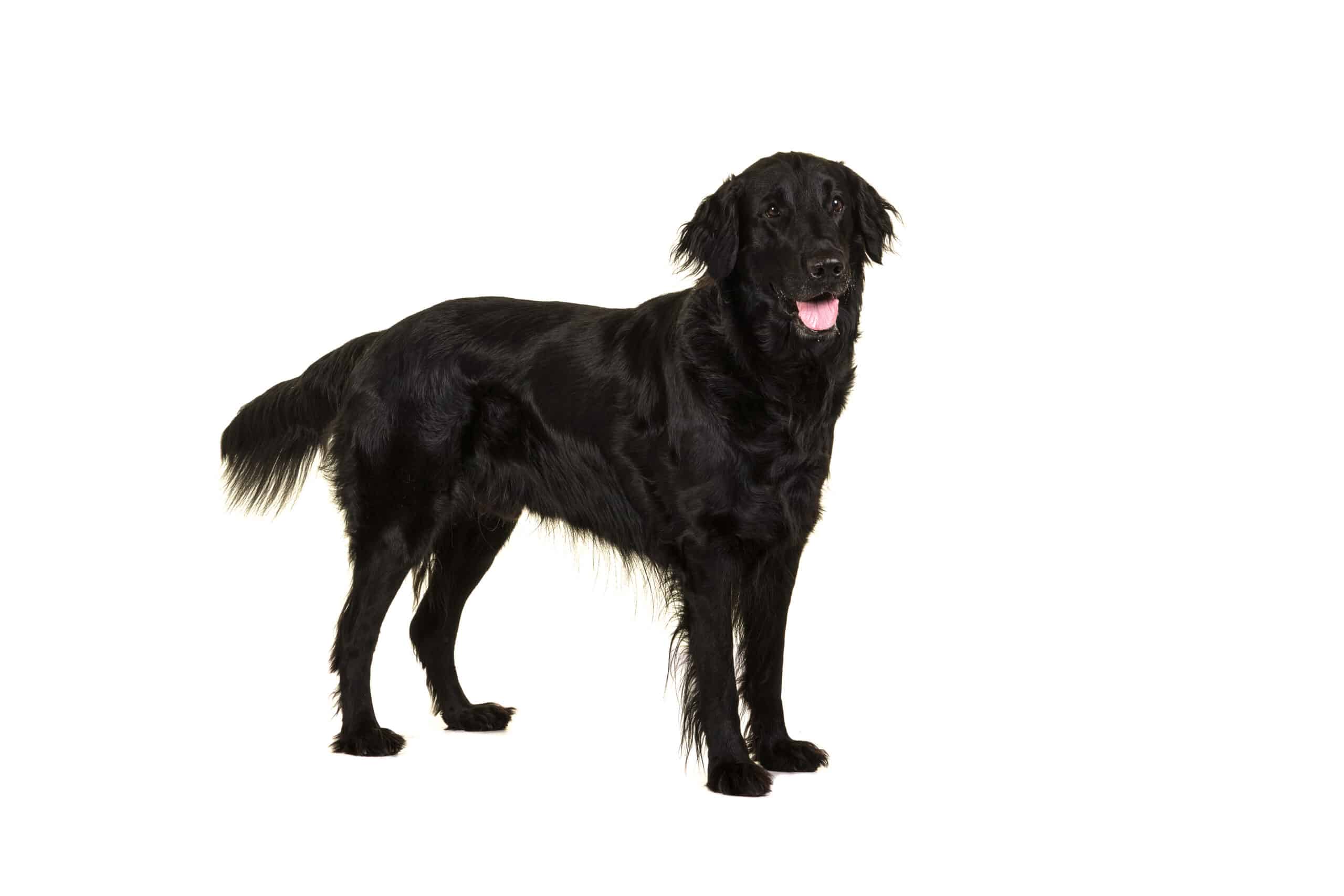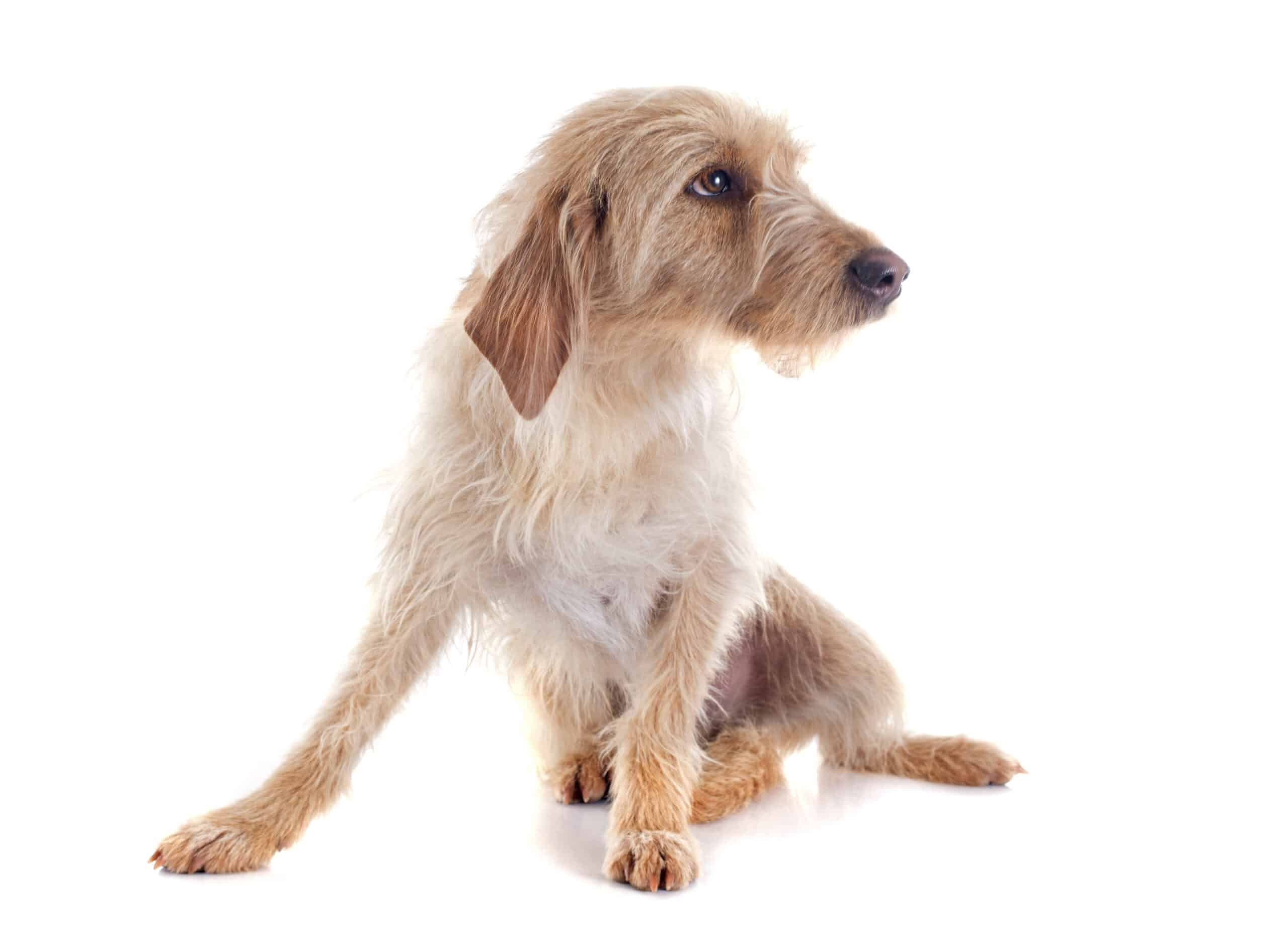Pomeranian (German Miniature Spitz)
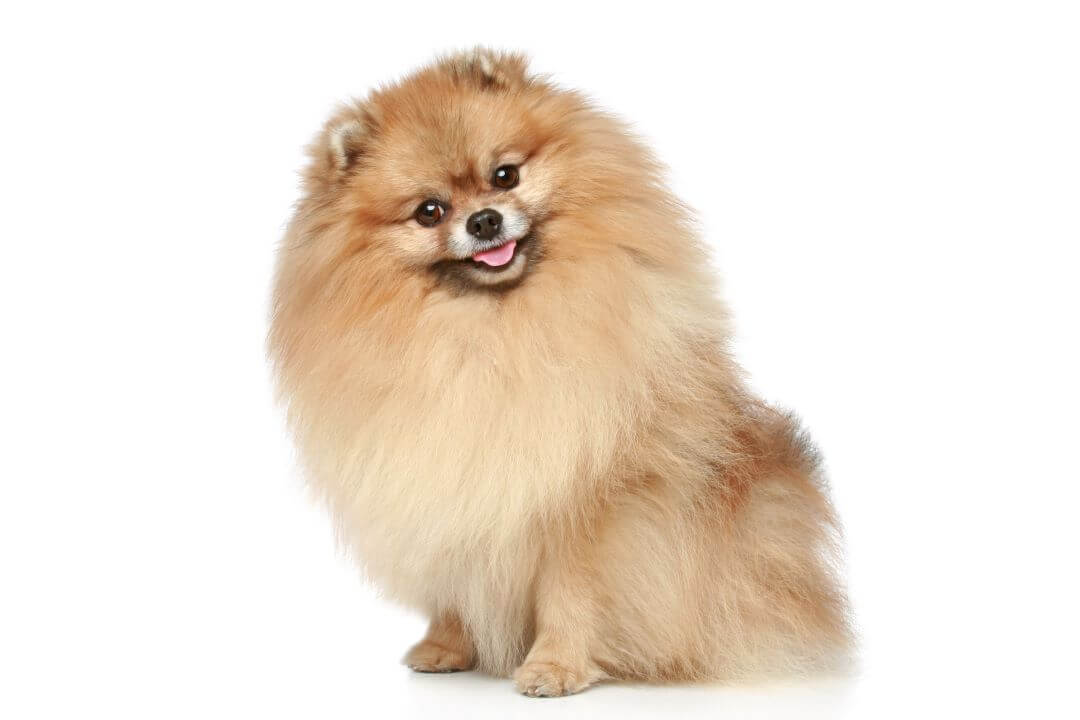
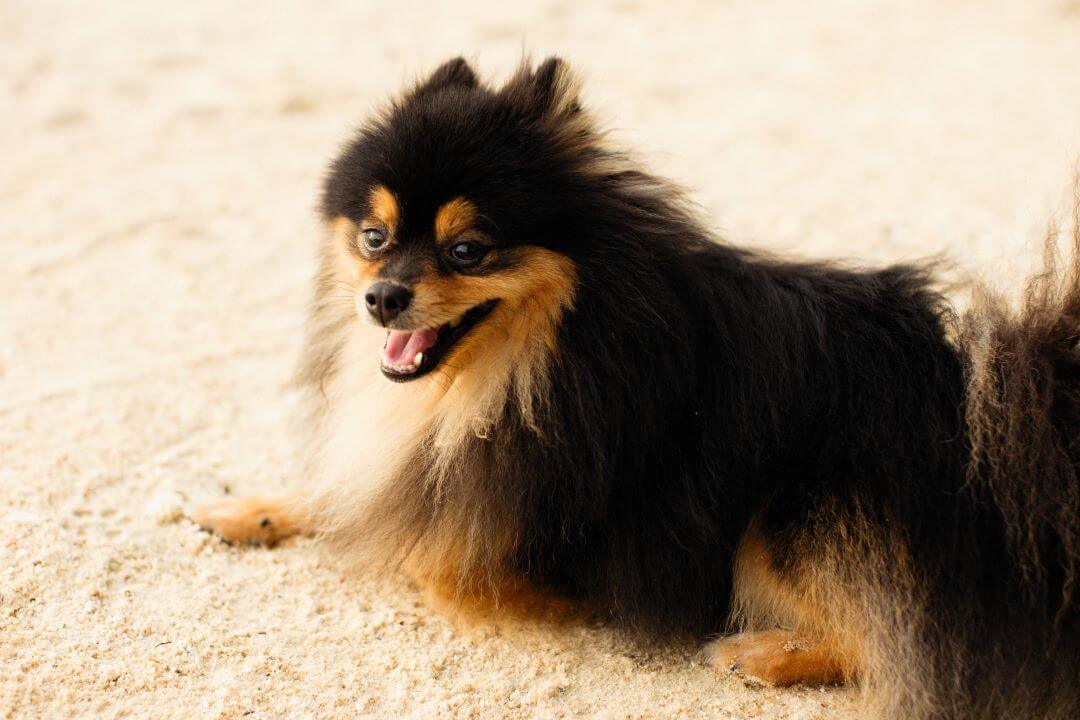
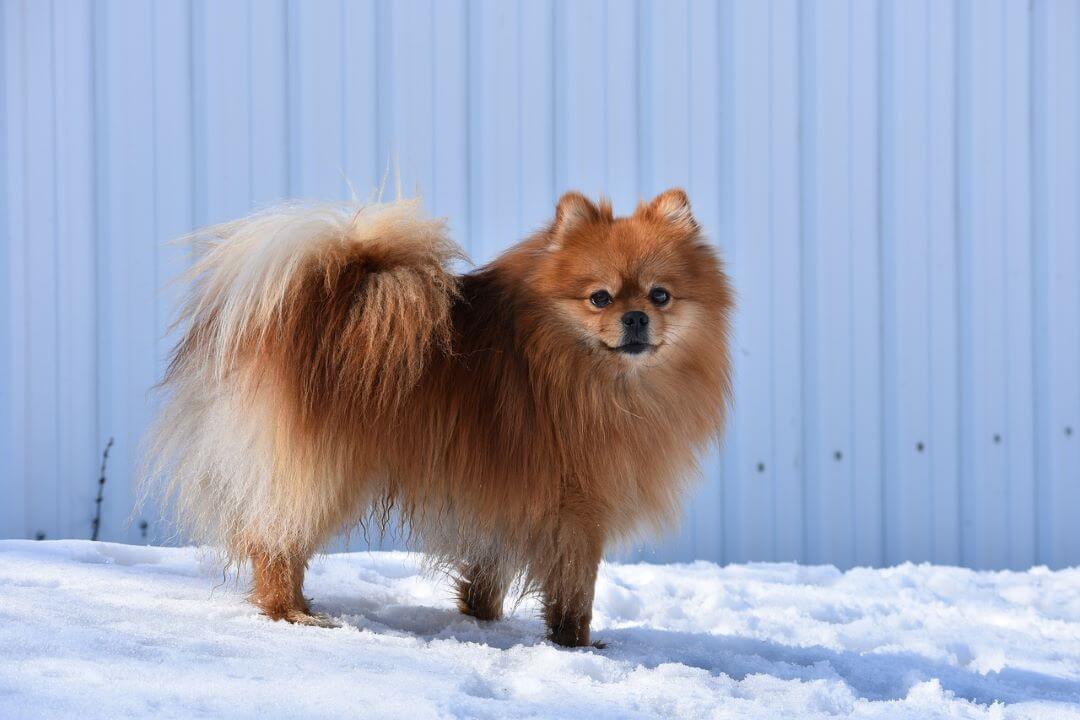
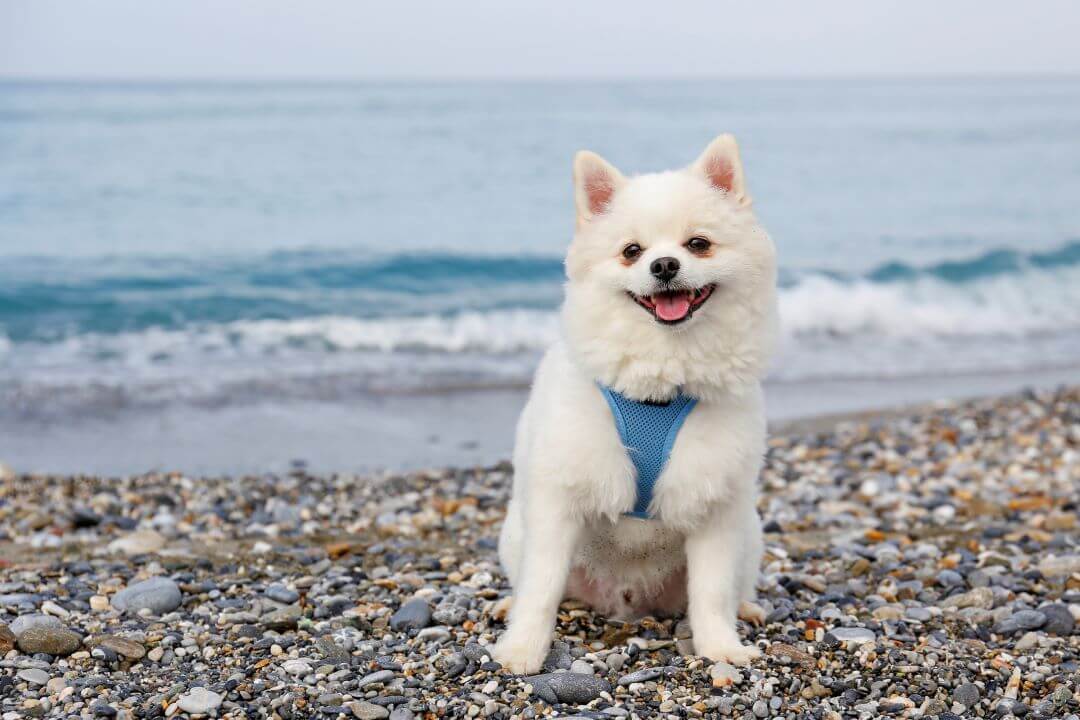
Temperament:
Every dog breed has great characteristics and traits that make them lovable. Today we take a special look at the Pomeranian. Behind the cute German Miniature Spitz lies a great personality. The small dog breed is not only characterized by its cute appearance. It has much more to offer than meets the eye.
Characteristics
The name already suggests that the German Miniature Spitz is not a particularly large breed. You can expect them to be just 18 to 24 centimetres high at the shoulder and weigh 3.5 kilograms. A really small version of the Spitz. But at first glance, it doesn't look that small. After all, the Pomeranian has a very dense and long coat.
Many color variations can occur here. From white to brown, black, orange or mottled gray, anything is possible. This striking coat is paired with tiny beady eyes. The muzzle, which resembles that of a fox, is also striking. The lion-like crest around the neck is also a striking feature of the breed.
Take a closer look at the dwarf spitz's appearance. You will notice that size is not important to him. This is because the German Miniature Spitz is quite bold in its appearance. Its great self-confidence is one of its trademarks. But you don't need to worry. The little dog is not aggressive at all. He is just attentive and interested in dogs and people.
Loyalty is very important to the German Miniature Spitz. He would love to follow you everywhere, even to the toilet. This is how he builds up a close relationship of trust with you. Nevertheless, he can act well in a pack, he is very social.
The hunting instinct is hardly present in the German Miniature Spitz. Cheerful and exuberant, they are always ready to play. Despite its size, the German Miniature Spitz can bark loudly and also guards its territory.
Coat care:
Shedding:
Energy level:
Trainability:
Children suitable:
The right food
When choosing food, make sure that it contains high-quality ingredients, is balanced and meets your dog's requirements. Age, size or weight, activity and health status play an important role. You should follow the manufacturer's recommendations for the amount of food.
Treats should only be fed in moderation and deducted from the basic diet to avoid obesity.
Puppies can be fed 4-6 times a day. The number of meals should be gradually reduced to 2 per day until the dog is fully grown. A rest period should be observed after meals.
Fresh drinking water should be available at all times.
Health & Care
It has already been mentioned that the Dwarf Spitz's coat is very thick. That's why you need to brush it regularly. This will prevent the coat from matting. By the way: always brush against the grain and then rub the coat with a damp cloth. This way, your German Miniature Spitz will shed less fur over the next few days. It will also scratch less and chafe its skin less often.
German Miniature Spitz tend to have problems with their lungs, knees and small heart. You should therefore visit the vet regularly. You should always check for typical breed diseases.
Eyes and ears must remain under observation. Remove dirt from the ears regularly. You can also regularly wipe away the tear fluid that comes out of the eyes with a cloth.
You can clean your dog's teeth by giving him a chew bone regularly. You can also use a special dog toothpaste and a dog toothbrush. Start doing this as a puppy, then it will be easier later on.
Suitable accessories
In addition to a lead, collar or harness, you will of course need a few other things.
You need food bowls and drinking bowls. These should be stationary at home. You'll also need bowls for when you're out and about if the walk takes a little longer.
You should also have toys at home that promote your dog's cognitive skills.
Get different treats for training so that the rewards are varied.
You will also need a dog basket or a dog mat as a retreat, tick tweezers, claw clippers, mild dog shampoo, brush and comb or rubber curry comb, toothbrush and toothpaste for dogs, a transport box for transportation in the car and a first aid kit. It's best to ask your vet what should be in the first aid kit.
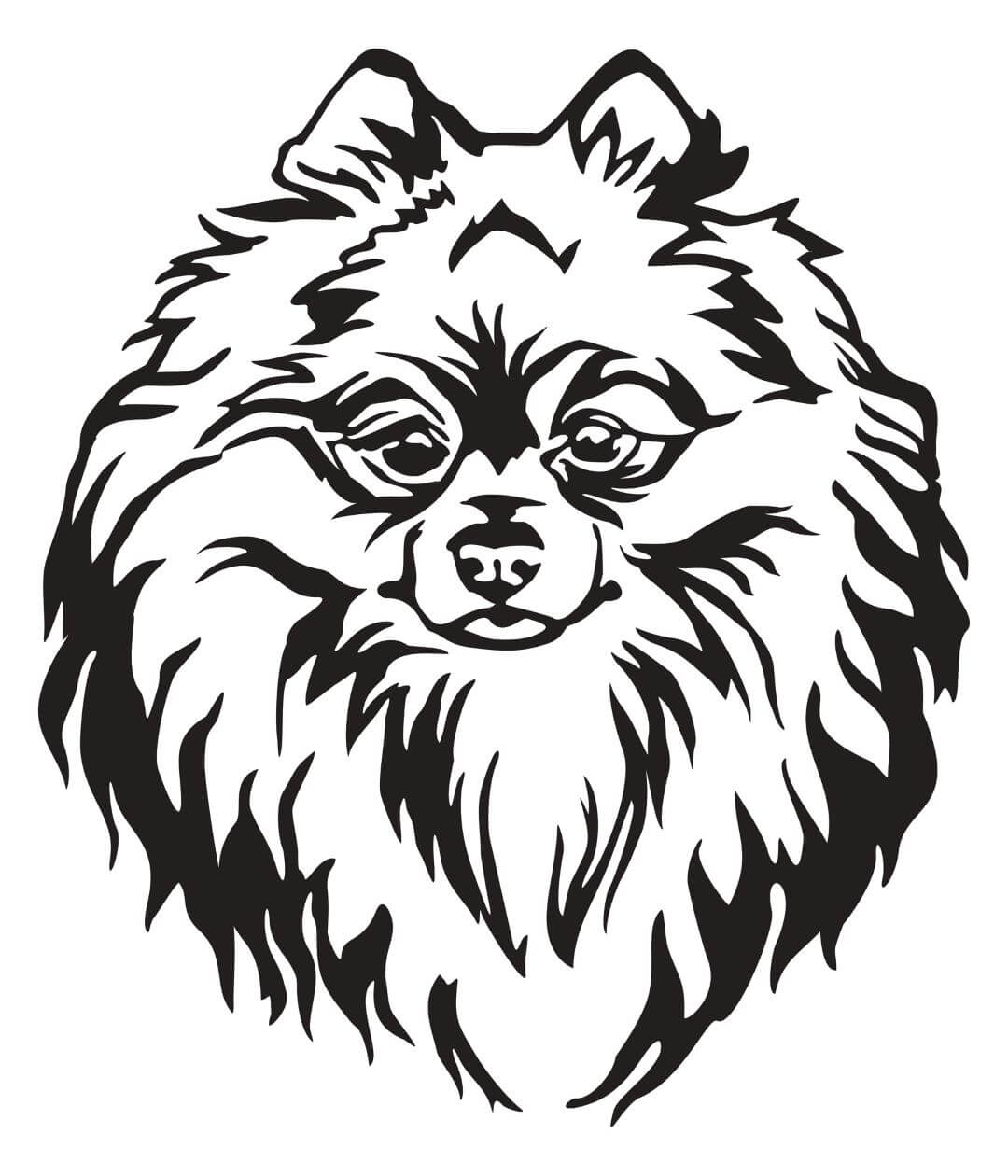
Origin & History
As is well known, the Spitz also exists as an independent breed. The German Miniature Spitz is therefore actually just a variant of this breed. The Spitz itself can look back on a long history. Even famous personalities of the past, such as Michelangelo, already had a Miniature Spitz at their side.
In one respect, however, these ancestors differ from today's Pomeranians: they were not quite as small. The English name of the breed "Pomeranian" is no coincidence. Around 210 years ago, this breed came to Great Britain from Pomerania, which is why the name is a combination of these two regions. For a long time, the breed was only bred in England.
It was not until the 1970s that interest in these smart dogs began to grow in Germany. Today, the Pomeranian is one of the most popular dog breeds.
